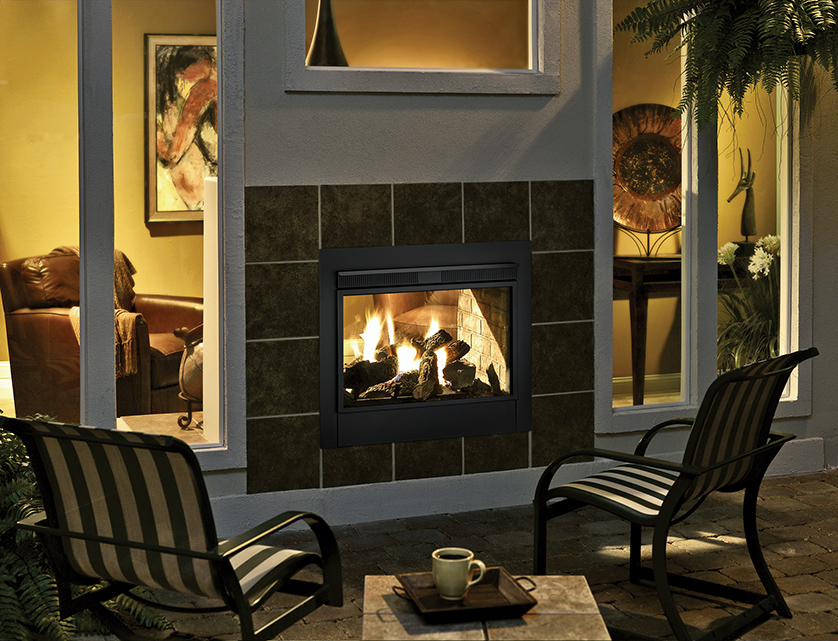
If you are a Massachusetts resident, you are well aware of how cold and harsh the winters can be. Installing a fireplace is a great way to add warmth and comfort to your home during the winter months. With so many different types on the market, finding the best one for you can be challenging. The two main structures you will come across are fireplace inserts and stoves. Depending on the size of your home, the room your plan to install it in, and your budget, one of these options may be better for you than the other. In this blog, we will discuss five of the main differences between inserts and stoves to help you determine which one is right for you and your home.
New England residents are no strangers to cold weather. With temperatures dropping well below freezing each winter, having a fireplace in your home can make a world of difference when it comes to keeping warm and comfortable. Additionally to having a well-heated home, fireplaces also bring a feeling of coziness and ambiance.
When it comes to the types of fireplaces for your Massachusetts home, you can choose from many different models and styles. While some fireplaces come in the form of a traditional masonry structure built into your wall or chimney, other more modern fireplace units are designed as free-standing stoves. The two most common types of fireplaces available today are fireplace inserts and stoves.
A fireplace insert is an insulated unit that fits into the opening of your current masonry fireplace. These models are embedded into the existing structure of your fireplace and provide an efficient way to heat your home. Inserts are available in a variety of materials, such as metal, ceramic, or cast iron, depending on the design you are looking for.

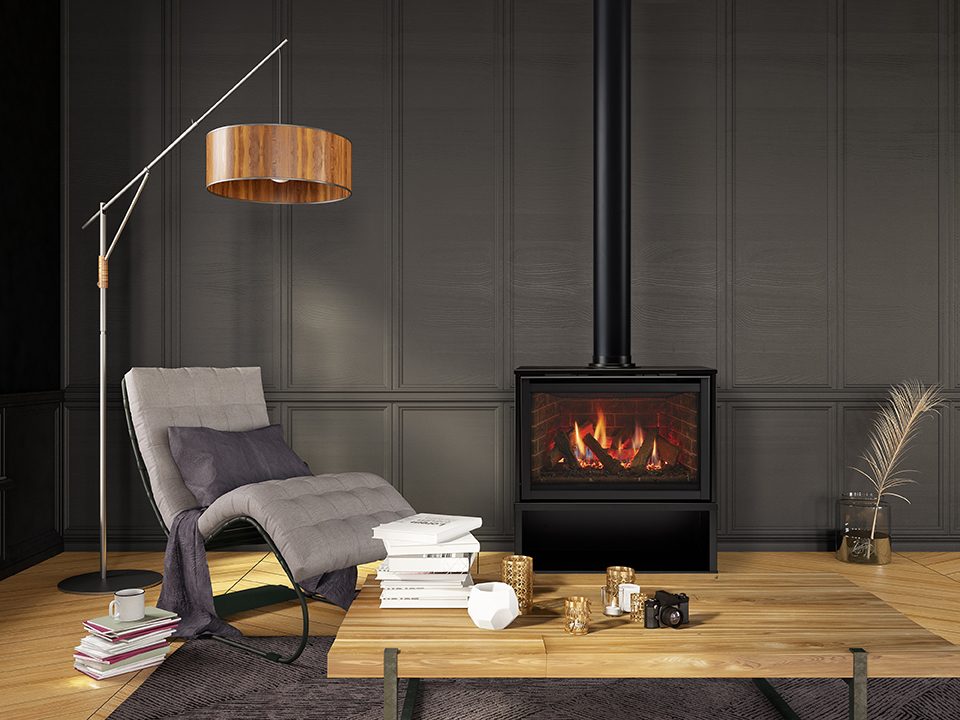
A cast-iron stove is a type of fireplace that stands on its own. These stoves are typically made from steel or cast iron and are designed to provide more heat than traditional fireplaces can. Cast-iron stoves are often mobile, meaning they can be moved from one room to another if desired.
Now that we’ve discussed the different types of fireplaces available let’s dive into the five key differences between fireplace inserts and stoves.
One of the most notable differences between these two types of fireplaces is that inserts are embedded into the existing structure of your home, while stoves are free-standing. Stoves don’t need to be connected to an existing fireplace or chimney and can be moved from one room to another if needed. On the other hand, inserts must be installed directly into the existing masonry structure of your fireplace.
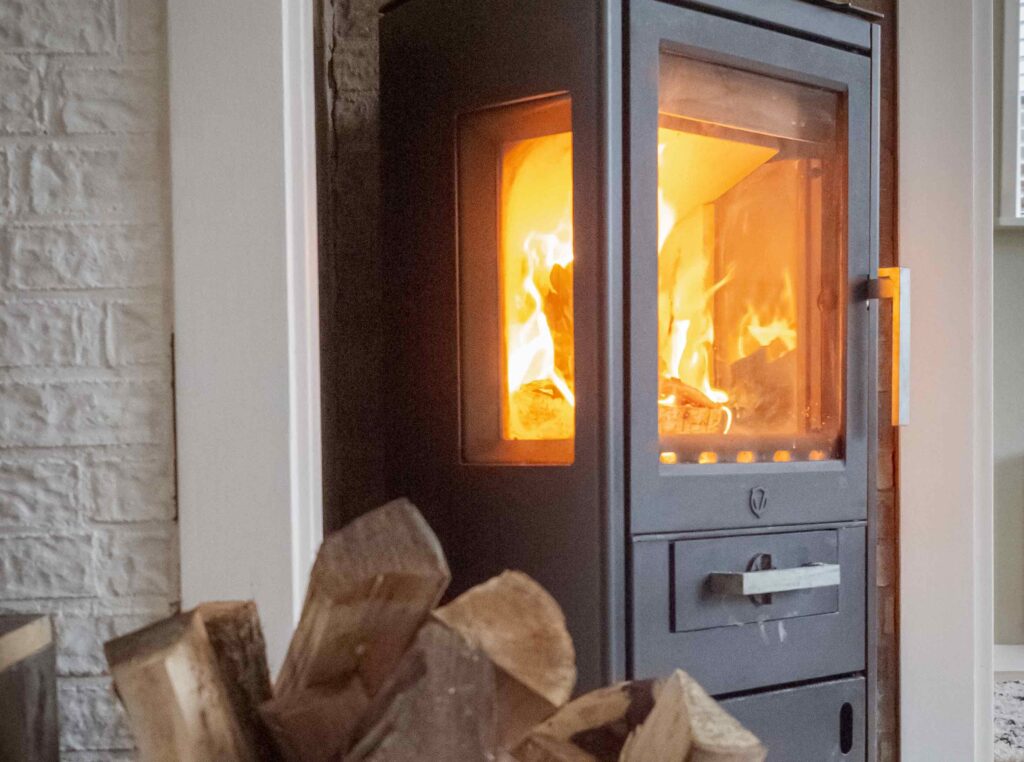
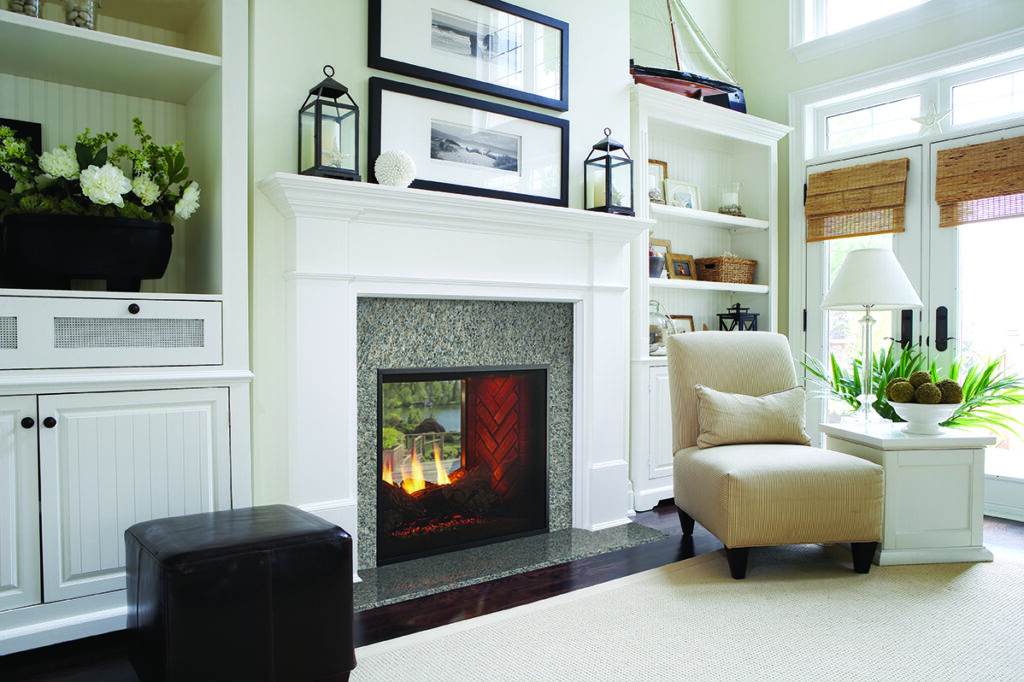
The next difference between these two models is the amount of heat they can produce. While both inserts and stoves are designed to provide warmth when needed, stoves typically have a higher BTU output than their insert counterparts. If the main reason for purchasing a fireplace unit is to provide as much heat as possible to your home, then a stove may be the better option.
If you are looking for a more efficient heating solution, the type of fuel used can make a big difference. While inserts and stoves offer traditional wood-burning models, some also feature gas or electric-powered models. Gas and electric models are often easier to use and require less maintenance than wood burners, however, they tend to be more expensive upfront.
Depending on the room you plan to install the fireplace in, ventilation can be a major factor to consider. When installing an insert, you must use an existing chimney and ensure that it is properly vented. On the other hand, stoves do not need to be connected to an existing structure and can be installed with either direct venting or using a chimney.
As you continue to ignite your fireplace, routine maintenance and cleanings are essential to keep it working safely and properly. Inserts usually require a more intensive cleaning than stoves because of the existing structure that they are embedded in. Stoves, however, typically do not need to be cleaned as often since they don’t rely on an existing fireplace structure.
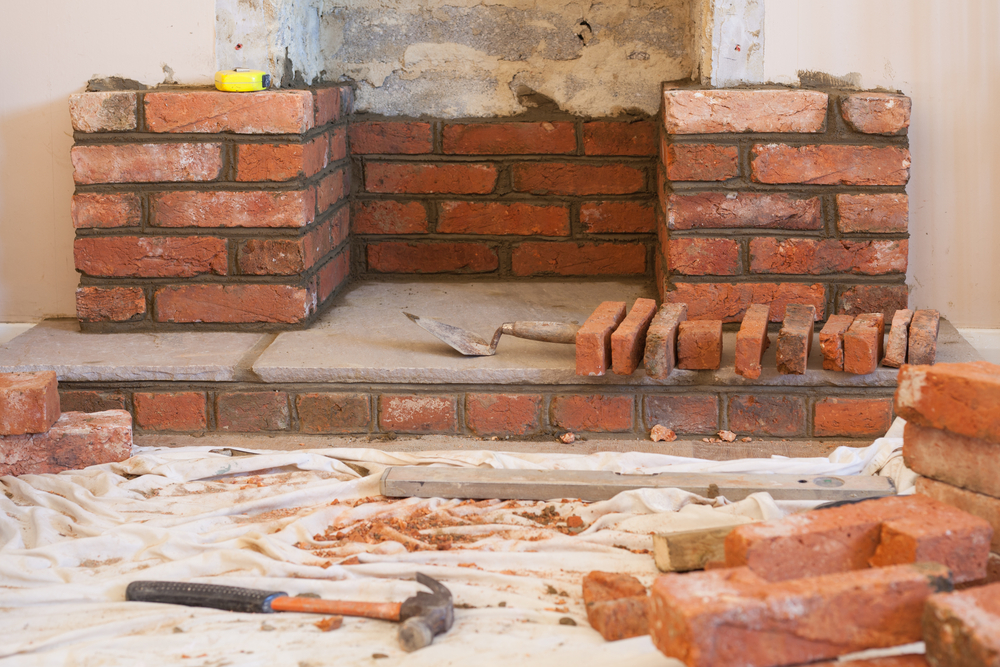
Now that you know the five key differences between fireplace inserts and stoves, it is time to decide which one is best for your home. If you are still unsure of which model to choose, the team at New England Hearth & Home is here to answer all of your hearth questions. With over 30 years of experience in the industry, we are one of New England’s leading providers for installing, servicing, and maintaining your fireplace. To learn more about our services and schedule an installation, visit our website or call us at 781-562-0771.